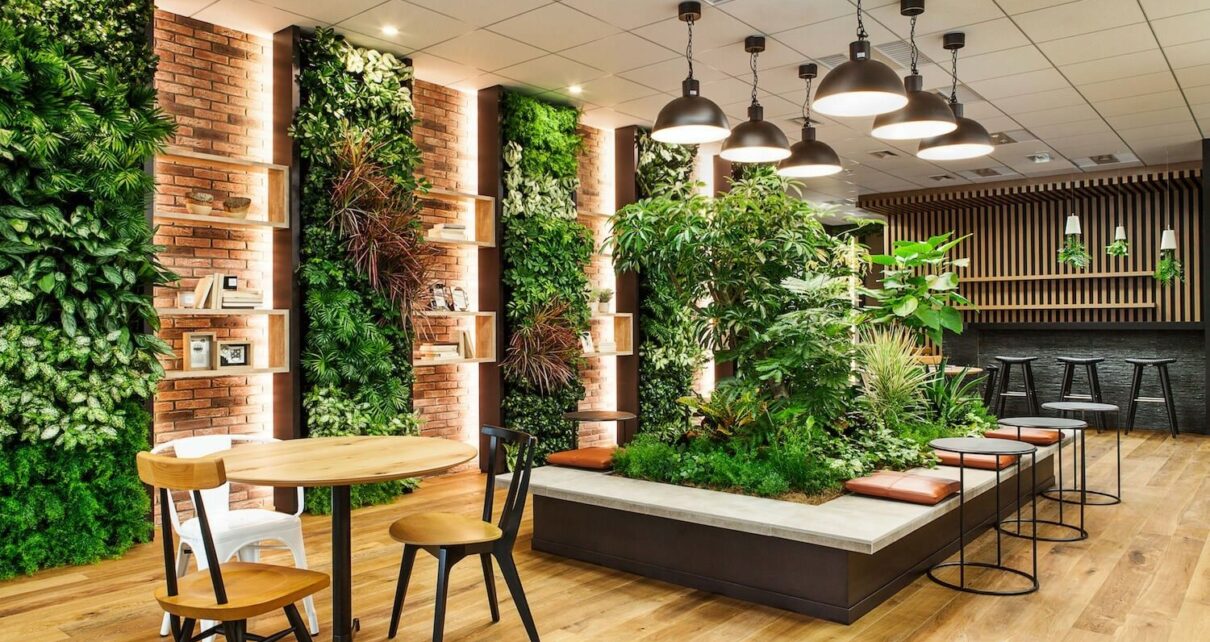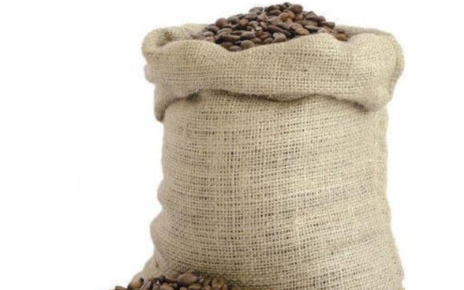Outdoor planters and urns are not just functional garden accessories; they’re statement pieces that can elevate the aesthetics of your outdoor space. Choosing the right material for your planters is crucial, considering factors such as weather resistance, durability, and style. The best materials for outdoor Urns and Planters, helping you make an informed decision that complements your garden’s design and withstands the test of time.
Classic Terracotta Timeless Elegance:
Terracotta planters have been a staple in gardens for centuries, and for good reason. The earthy, warm tones of terracotta add a timeless elegance to any outdoor space. These planters are made from fired clay, providing a porous surface that allows air and water to circulate, promoting healthy plant growth.
While terracotta is known for its classic appeal, it’s essential to note that it can be susceptible to cracking in freezing temperatures. To mitigate this, it’s advisable to bring terracotta planters indoors during winter or opt for frost-resistant varieties.
Durable Concrete Modern Simplicity:
Concrete planters have gained popularity for their contemporary and minimalist look. They are incredibly durable, able to withstand various weather conditions, and are less prone to cracking than terracotta. Concrete planters can be left outdoors year-round without worrying about damage from frost or intense sunlight.
Modern manufacturing techniques allow for lightweight concrete planters that retain the strength and durability of traditional concrete. This makes them an excellent choice for those seeking a sleek and robust planter option.
Versatile Metal Sleek and Stylish:
Metal planters, such as those made from stainless steel, aluminum, or corten steel, bring a sleek and stylish look to outdoor spaces. These materials are resistant to rust and corrosion, making them suitable for all weather conditions. Metal planters are also versatile, allowing for various shapes and designs that can fit any garden style, from contemporary to traditional.
Keep in mind that metal can heat up in direct sunlight, potentially affecting the soil temperature. To address this, choose lighter-colored metal planters or position them in partial shade.
Resilient Fiberglass Lightweight and Flexible:
Fiberglass planters offer a lightweight and versatile alternative for outdoor gardening. They are resistant to cracking, fading, and weather damage, making them a durable choice for various climates. Fiberglass planters come in a wide range of colors and finishes, allowing you to achieve the look you desire without compromising on durability.
Due to their lightweight nature, fiberglass planters are easy to move, making them a great option for those who like to rearrange their outdoor space or bring plants indoors during specific seasons.
Weather-resistant plastic is Affordable and Functional:
Plastic planters have come a long way in terms of design and durability. High-quality, weather-resistant plastics can mimic the look of more expensive materials without the hefty price tag. They are lightweight, making them easy to move, and come in various shapes, sizes, and colors.
While plastic planters may lack the natural aesthetics of materials like terracotta or concrete, they are an affordable and practical option for those looking to enhance their garden without breaking the bank.
Rustic Wood Natural Charm:
Wooden planters add a rustic and natural charm to outdoor spaces. They are versatile and can be crafted from various types of wood, such as cedar, redwood, or teak, each with its unique aesthetic appeal. Wooden planters are relatively lightweight and offer excellent breathability for plant roots.
However, it’s crucial to choose a rot-resistant wood or treat the wood to withstand the elements. Regular maintenance, such as sealing or staining, will help extend the life of wooden planters and keep them looking their best.
Conclusion:
Choosing the right material for your outdoor planters and urns involves a careful balance between aesthetics and functionality. Each material has its unique characteristics, and the best choice depends on your garden’s style, climate, and maintenance preferences. Whether you opt for the timeless elegance of terracotta, the modern simplicity of concrete, the sleek and stylish appeal of metal, the resilience of fiberglass, the affordability of plastic, or the natural charm of wood, selecting the right material will ensure your planters not only enhance the beauty of your Garden Art but also stand the test of time. Consider the specific needs of your plants, the climate of your location, and your personal design preferences when making this decision. With the right outdoor planters and urns, you can create a captivating and harmonious garden space that reflects your style and love for nature.



